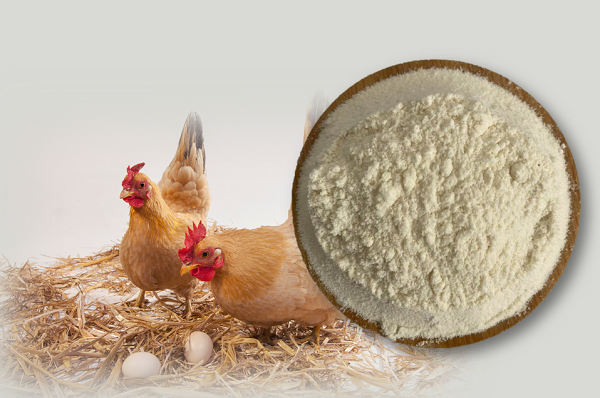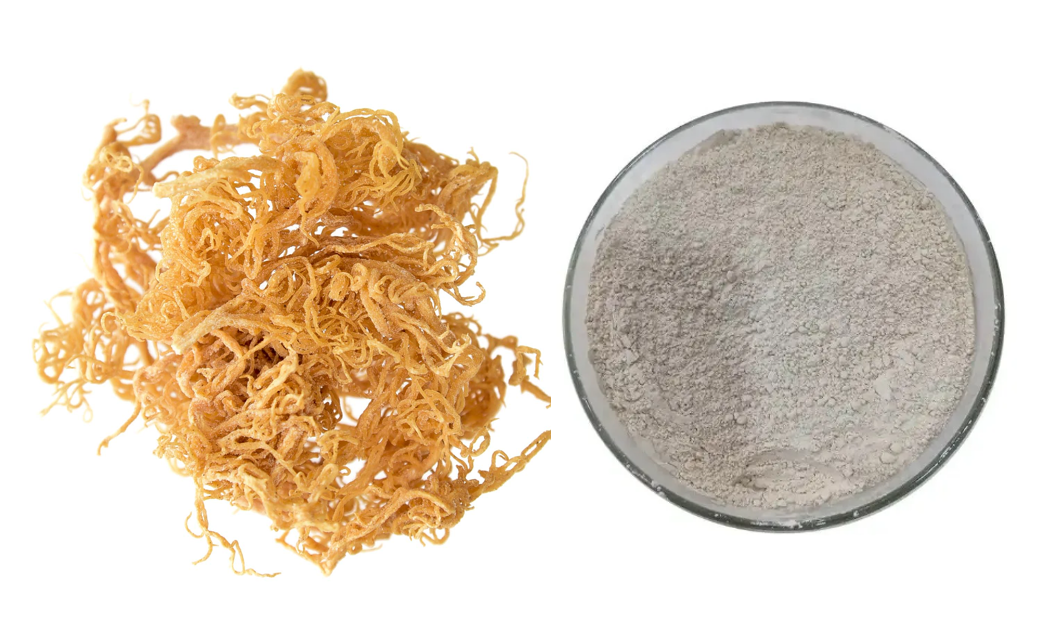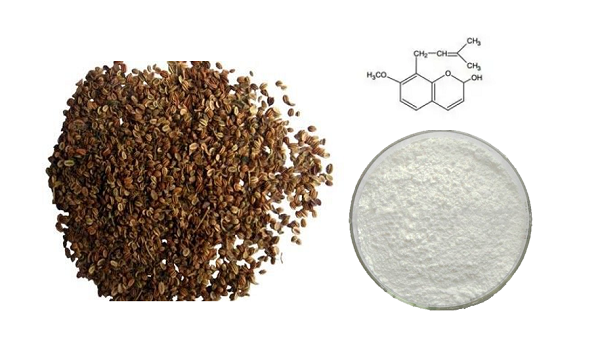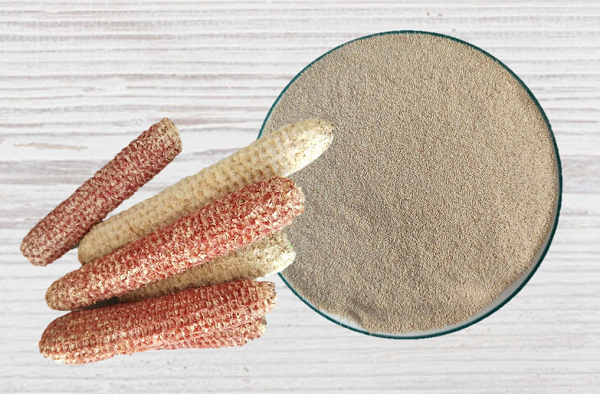Follow Us:
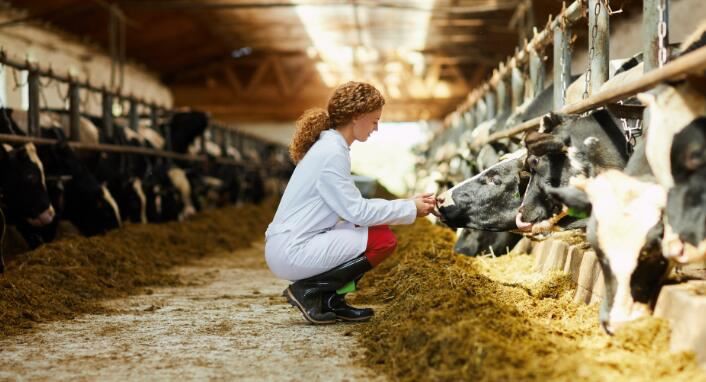
Veterinary Drug Dosages
veterinary drug dosages
The design of a dosing regimen begins with an assessment of the minimal inhibitory concentration (MIC) of the antibacterial agent for a particular pathogen. Depending on the antimicrobial, plasma or tissue drug concentrations should either markedly exceed the MIC by 10- to 12-fold (for concentration [sometimes referred to as dose-dependent antimicrobials], such as the aminoglycosides and the fluorinated quinolones) or be above the MIC (T>MIC) for most (50%–75%) of the dosing interval (time-dependent antibiotics, such as cell-wall inhibitors [β-lactams, fosfomycin, vancomycin], sulfonamides, and most “bacteriostatic” drugs).
To compensate for drug disposition to tissue sites and the effect of host factors on antibiotics, dosages for most drugs should result in plasma drug concentrations several times higher than the calculated concentration-dependent or time-dependent MIC in the infected tissues or fluids. For dose-dependent drugs, efficacy is enhanced by increasing the dose; for time-dependent drugs, therapeutic efficacy is enhanced by increasing the dose and shortening the dosing interval or by choosing a drug with a long half-life.
In today’s infectious disease environment, appropriate design of a dosing regimen should depend not on labeled doses, but rather on access to information regarding the current pharmacodynamics of the infecting microbe (ie, MIC from the pathogen cultured from the patient, or the MIC90 of a sample population of the pathogen collected from the target animal) and the pharmacokinetics of that drug in the target species.
Appropriate pharmacokinetic parameters on which the dosing regimen should be designed include maximum plasma concentration, or Cmax, for concentration-dependent drugs, and Cmax and drug elimination half-life for time-dependent drugs. Supportive information for design of dosing regimens often can be found in the literature. For example, if the MIC of a Pseudomonas aeruginosa isolate for amikacin (a concentration-dependent drug) is 4 mcg/mL, the dose should be selected so that peak plasma drug concentrations achieve 40–48 mcg/mL. Ideally, tissue concentrations should be that high as well. As such, the dose should be adjusted further if the drug does not penetrate the tissue well in the presence of marked inflammatory debris.
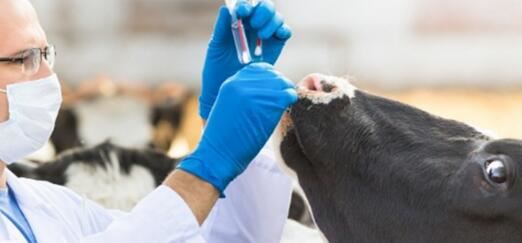
veterinary drug dosage calculations
Veterinary Pharmaceutical manufacturers provide safe products that will effectively treat a health problem, provided they are stored and used according to label directions. Prior to licensing a product, research is conducted to determine the best injection site, route and dosage for the treatment of a particular condition in a particular species and class of animal.In case of veterinary field, vets has to treat several animals from farm to wildlife.The available medicine in the market are same for large and small animals, only difference is these medicines’s dosage are given to the said animal as per the body weight of the animal or body surface area.Different forms of medicines are there as per their need.Here in this article I have tried to give a brief idea about the different forms of medicines and its dosages calculation as per the body weight of the animals. One must follow the manufacturers guidelines regarding dosages.
DRUG DOSAGE FORMS IN VETERINARY MEDICINE
The dose is the amount of drug taken at any one time. It can be expressed as the weight of drug (e.g. 250 mg), volume of drug solution (e.g. 10 mL, 2 drops), the number of dosage forms (e.g. 1 capsule, 1
suppository) or some other quantity (e.g. 2 puffs).
The dosage regimen is the frequency at which the drug doses are given. Examples include 2.5 mL twice a day, one tablet three times a day, one injection every four weeks.
veterinary drug formulary
Following the first edition of National Veterinary Drug Formulary (NVDF) during 2011, second edition of NVDF is produced for the Essential Veterinary Drugs lists (EVDL) 13.
This formulary provides the readers useful information like, indications, dosage, contraindications and pharmaceutical precautions etc. The drugs have been classified according
to the pharmacological groups for easy reference. The book also contains the formulae for the extemporaneous preparation of mixtures, ointments and other medicine. This edition also contains the details on vaccines that are used in the country both imported and in house production. The details includes types, vaccination schedules etc.
From this edition, the aquatic drugs has also been included with pharmacological groups and their usages. The effort has been made to include almost all aspects of medicines,drugs, usages, doses calculations and also the monitoring aspect of Essential Veterinary
Drug Programme (EVDP) in the country.
This formulary is intended to aid the professionals and para-professionals in the veterinary field for guiding on the usage of the essential drugs in their day to day routine of treatment of animals. It is also intended as information for academic purposes for the students in training institutes.
References:https://www.msdvetmanual.com/pharmacology/chemotherapeutics-introduction/dosing-regimens













